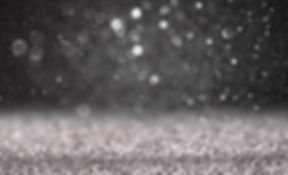
Scientific knowledge is gained through observations and inferences. Scientists communicate findings, share results, critique conclusions, and collectively reproduce data and evidence to support thinking. Scientists communicate the results of their research through writing and speaking. Other scientists gather information by listening and reading. Thus, language and science are intrinsically connected, as science is influenced and influences the society and culture where it takes place.
And yet, the language of science is much more than just knowing technical or content-specific words or phrases. Understanding science requires the development of an academically social language. Students need opportunities to see how language can be used to describe, represent, question, refute, and reach a consensus when learning to make sense of the natural world. Empowering students to be effective communicators as they develop science and engineering practices can create that culture of learning and tap into the nature of science.
We have all visited that classroom where students are actively engaged in learning. The room buzzes with excitement, and there is a sense of engagement as students confer, debate, explain observations, designs, or perspectives. It may be challenging to locate the teacher in this classroom because the students’ lively voices fill the space. In classrooms like this, students enthusiastically make sense of their world, employ critical thinking, and can be heard effectively communicating empirical evidence.
When students are challenged to figure things out, provide a rationale for their thinking, and evaluate new evidence and perspectives of others, they not only develop strong communication skills, but they are also truly engaged in scientific thinking. Thus, creating the space for learners to share ideas, evaluate differences, quantify and qualify findings, and learn directly from each other is an intentional and important goal in any classroom.
In classrooms where most of the dialogue funnels through the teacher to the students, the amount of discourse is limited and controlled. So, who is doing the talking in your classroom? What opportunities do students have for speaking and writing? I’ve always been suspicious of quiet classrooms. Consider having a colleague visit to collect data regarding the talk flow in the classroom. Based on the information collected, consider how to shift or increase the students’ opportunities for discourse.
When students are encouraged to talk, write, listen, and read, they benefit from an increase in time on task in a safe place where they can supportively practice and model deepening levels of scientific thinking. Talk means a transfer of information, a practice of using academic language, and honors where students are in their sensemaking journey, allowing real-time opportunities for formative assessment.
In this issue of Science and Children, we explore ways to support science learning and language acquisition for all students. Whether through questioning, assistive technology, scientific modeling, or guided exploration, we will see that students benefit the most when we liven up the talk in the classroom.

